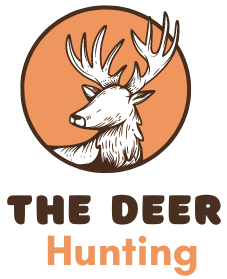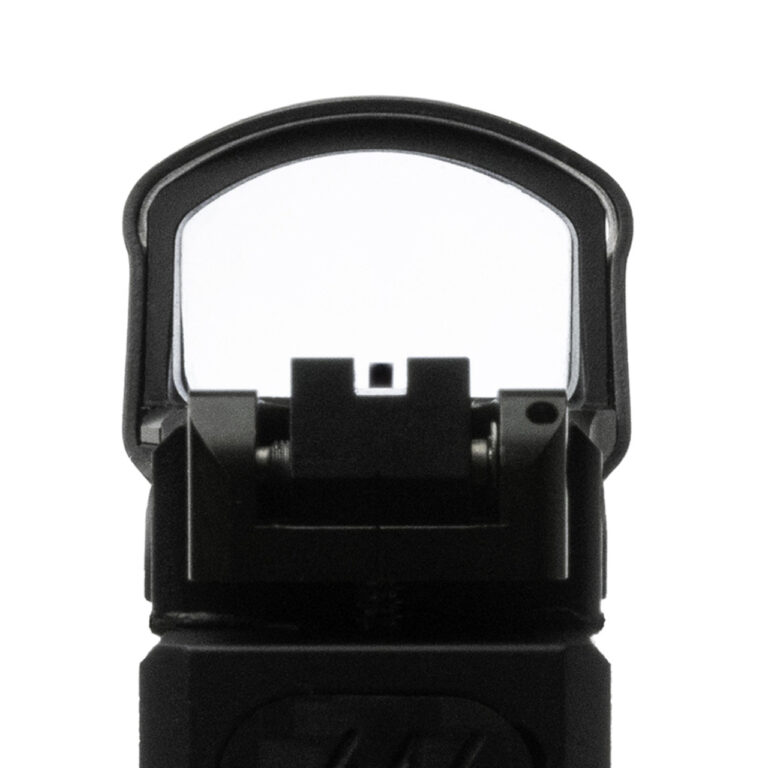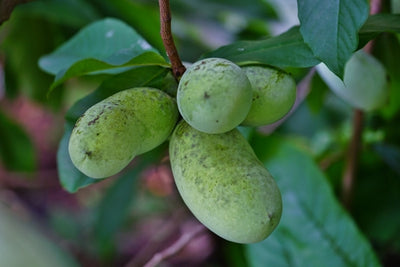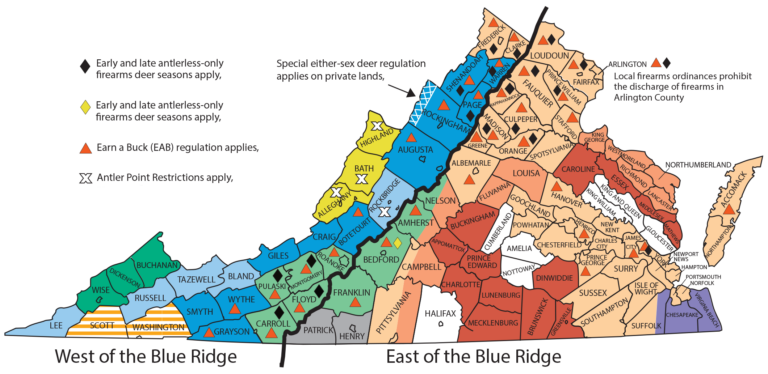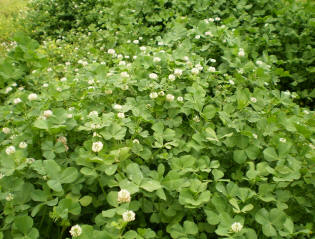When Do Whitetail Deer Shed Velvet: Key Timings Explained
Whitetail deer shed velvet from their antlers each year. This process signals the transition from summer to fall.
Understanding when whitetail deer shed their velvet is crucial for hunters and wildlife enthusiasts. Velvet is a soft, blood-rich tissue that covers growing antlers. As summer ends, hormone changes trigger the shedding process. This event prepares deer for the rutting season, when they need hardened antlers for sparring.
Observing this natural phenomenon offers insight into deer behavior and habits. It’s a fascinating part of the deer lifecycle, marking significant changes in their physiology. Knowing the timing can enhance your appreciation of wildlife and improve your chances during hunting season. Let’s dive into the details of this intriguing process.
Introduction To Velvet Shedding
Have you ever wondered when whitetail deer shed their velvet? Velvet shedding is a fascinating natural process. Each year, whitetail deer grow new antlers covered in a soft, furry layer called velvet. This velvet plays a crucial role in antler development.
What Is Velvet?
Velvet is a soft, blood-rich tissue that covers growing antlers. It supplies nutrients and oxygen to the developing bone. As the antlers grow, they harden and calcify under the velvet.
| Characteristics of Velvet | Description |
|---|---|
| Texture | Soft and fuzzy |
| Color | Brown or gray |
| Function | Supplies nutrients to antlers |
Importance Of Velvet Shedding
Velvet shedding is a sign of a deer’s health and maturity. When deer shed their velvet, it means their antlers have stopped growing and are fully hardened. This process usually happens in late summer to early fall.
Healthy velvet shedding indicates strong and mature antlers. It also prepares male deer, or bucks, for the upcoming mating season. Bucks with strong antlers are more likely to win fights and attract mates.
- Velvet shedding shows antler maturity.
- Prepares bucks for mating season.
- Indicates overall health.
Observing velvet shedding can help hunters and wildlife enthusiasts understand deer behavior better. It is a natural and essential part of a deer’s life cycle.
Biological Process
The shedding of velvet from whitetail deer antlers is a fascinating biological process. Velvet covers the growing antlers and provides nutrients. This process involves several stages, including growth and the role of hormones. Understanding these stages helps us appreciate the complexity of deer biology.
Growth Of Antlers
Antlers begin growing in spring. They are soft and covered in a layer called velvet. Velvet supplies blood and nutrients to the developing antlers. By late summer, antlers reach full size. At this stage, they harden and the velvet dries up. The dried velvet then sheds, revealing the hard antlers underneath.
Role Of Hormones
Hormones play a key role in antler development. Testosterone levels rise in late summer. This increase signals the end of the antler growth period. High testosterone levels cause the velvet to dry and shed. Once the velvet is gone, the antlers are ready for the mating season.
Seasonal Timings
Understanding the seasonal timings of when whitetail deer shed velvet is key for deer enthusiasts. This process is a crucial part of the deer’s life cycle. It signals the end of antler growth and the start of the breeding season. Let’s dive into the specifics of this fascinating cycle.
Spring And Summer Growth
During spring, whitetail deer begin to grow new antlers. This growth continues throughout the summer. The antlers are covered in a soft, velvety skin. This skin provides nutrients and oxygen to the growing antlers. By mid-summer, the antlers have reached their full size. The velvet remains, nourishing the bones underneath.
Late Summer Shedding
As summer ends, hormone levels change in the deer. These changes cause the velvet to dry and peel away. This shedding usually begins in late August or early September. The process can last several days. The deer often rub their antlers against trees to speed up the shedding. Once the velvet is gone, the antlers are hard and ready for the mating season.

Credit: huntingsouthern.com
Factors Influencing Shedding
Understanding the factors influencing when whitetail deer shed their velvet is key for hunters and wildlife enthusiasts. Shedding velvet is a significant event in a deer’s life. It signals their readiness for the breeding season. Several factors affect this process, including age, maturity, and geographical location.
Age And Maturity
The age and maturity of a whitetail deer play a crucial role in shedding velvet. Younger bucks may shed later compared to mature bucks. Mature bucks typically shed their velvet between late August and early September. This is because their antlers are fully developed and their testosterone levels peak.
In contrast, younger bucks may still be in the growing phase. Their antlers take longer to harden. Therefore, they may shed their velvet a few weeks later. Observing the age and physical condition of a deer can give you clues about their shedding timeline.
Geographical Location
Geographical location also significantly affects when whitetail deer shed their velvet. Deer in northern regions with shorter summers may shed earlier. This is due to the shorter growing season and the need to prepare for harsh winters.
In southern regions, where the climate is milder, deer may shed their velvet later. The longer growing season allows their antlers more time to mature. Additionally, local environmental factors such as food availability and habitat quality impact the shedding process.
Understanding these geographical influences helps in predicting the shedding period. It can vary even within the same state or region based on local conditions.
Signs Of Velvet Shedding
Understanding the signs of velvet shedding in whitetail deer is crucial for hunters and wildlife enthusiasts. During this period, deer exhibit both physical and behavioral changes. These indicators help you know when the shedding process begins and ends.
Physical Changes
Whitetail deer show noticeable physical changes when shedding velvet. Their antlers transform from a soft, velvety texture to a hard, polished surface. This shift occurs as the blood supply to the antlers decreases. You may see hanging pieces of velvet, which looks like peeling skin.
Another clear sign is the change in antler color. Velvet-covered antlers appear reddish-brown due to the blood vessels within. Once the velvet sheds, antlers turn a more bone-like color, often grayish or whitish. This change is visible from a distance.
Additionally, deer will have a more rugged appearance. The shedding process leaves antlers looking rough and sometimes bloody. This roughness smooths out over time as deer rub their antlers against trees and shrubs.
Behavioral Changes
Whitetail deer also exhibit distinct behavioral changes during velvet shedding. They become more active and aggressive. This increased aggression is a result of rising testosterone levels in bucks.
Deer will frequently rub their antlers against trees and bushes. This behavior helps them remove the shedding velvet. These rubs are often visible on young trees and branches, which may appear damaged or stripped.
Another behavior to note is increased solitary activity. Bucks might separate from their usual groups. This isolation helps them avoid conflicts during the vulnerable shedding phase. Observing these behaviors can provide valuable insights for hunters and wildlife watchers.
Recognizing these signs of velvet shedding helps you better understand the deer’s annual cycle. Whether for hunting or wildlife observation, these indicators are key to knowing the right time to watch for velvet shedding.

Credit: bigdeerblog.com
Impact On Deer Behavior
Whitetail deer shed their velvet in late summer. This process has a significant impact on their behavior. As the velvet comes off, their antlers harden. This marks a shift in their activities and priorities.
Territorial Behavior
During this period, bucks become more territorial. They start to mark their areas. This is done by rubbing their antlers against trees. This act not only marks their territory but also strengthens their neck muscles.
Bucks use their antlers to assert dominance. They engage in sparring matches with other bucks. These matches help establish a hierarchy. The strongest buck often gets the best territory.
Here’s a quick rundown of territorial behavior:
- Rubbing antlers against trees
- Marking territory with scent
- Sparring with other bucks
- Establishing dominance
Breeding Season Preparations
As the velvet shedding progresses, bucks start preparing for the breeding season. They need to be in top physical condition. They eat more to build up their strength.
Breeding season is also known as the rut. Bucks become more active and cover more ground. They search for does and guard them from other bucks.
Key aspects of breeding season preparations include:
- Increasing food intake
- Building physical strength
- Searching for potential mates
- Guarding does from rivals
Understanding these behaviors can help hunters and wildlife enthusiasts. It provides insights into the habits and patterns of whitetail deer.
Observing Velvet Shedding
Observing velvet shedding in whitetail deer is a unique experience. Velvet is a soft tissue that covers a deer’s antlers as they grow. When the antlers stop growing, the velvet sheds. This process is fascinating to watch. By knowing the best times and places, you can increase your chances of seeing it happen.
Best Times For Observation
The best times to observe velvet shedding are late summer and early fall. Typically, this process occurs from late August to early September. During this period, bucks can be seen rubbing their antlers on trees. This helps to remove the velvet. Early morning and late evening are ideal times for observation. Deer are most active during these hours.
Popular Observation Spots
Popular spots to observe velvet shedding include wooded areas and fields. Deer prefer these locations for their cover and food sources. Some of the best places include:
- National parks
- Wildlife reserves
- Private hunting lands
Look for signs of deer activity, such as trails and bedding areas. Using binoculars can help spot deer from a distance without disturbing them. Remember to stay quiet and downwind. Deer have a keen sense of smell and hearing.
| Time of Day | Activity Level |
|---|---|
| Early Morning | High |
| Midday | Low |
| Late Evening | High |
Remember, patience is key. Observing velvet shedding can take time. But the reward is worth it.

Credit: coloradooutdoorsmag.com
Conservation And Management
Understanding when whitetail deer shed their velvet is crucial for conservation and management. This natural process can help monitor the health of deer populations. It also aids in making informed decisions for maintaining balanced ecosystems.
Importance For Hunters
Hunters play a vital role in deer conservation. Knowing when deer shed velvet helps hunters plan their seasons. This knowledge ensures sustainable hunting practices. It also supports the overall health of the deer population. Hunters can avoid over-harvesting and help maintain a balanced herd.
Conservation Efforts
Conservation efforts focus on preserving deer populations. Monitoring the velvet shedding period is a key part of these efforts. Wildlife agencies use this data to track the health and growth of deer herds. Effective management plans can then be implemented. These plans include controlled hunting seasons, habitat preservation, and population control measures.
Community involvement is also crucial for successful conservation. Educating the public about deer behavior and velvet shedding times encourages responsible actions. Public awareness helps in reporting sightings and participating in conservation programs. These combined efforts ensure the longevity of whitetail deer populations for future generations.
Frequently Asked Questions
When Do Whitetail Deer Shed Velvet?
Whitetail deer typically shed their velvet in late summer to early fall. This process usually occurs between August and September.
Why Do Whitetail Deer Shed Velvet?
Whitetail deer shed velvet to prepare their antlers for the mating season. The shedding helps in hardening the antlers.
How Long Does Velvet Shedding Last?
Velvet shedding in whitetail deer usually lasts a few days. It can sometimes be completed within 24 hours.
What Triggers Velvet Shedding In Deer?
Velvet shedding in deer is triggered by hormonal changes. These changes are often influenced by daylight and seasonal shifts.
Conclusion
Whitetail deer shed velvet as summer ends and fall begins. This natural process signals the start of the breeding season. Observing this can help hunters and wildlife enthusiasts. Understanding the timing aids in planning activities. Remember, each deer may shed at slightly different times.
Keep an eye on local deer behavior for best results. Happy observing and good luck with your wildlife adventures!
